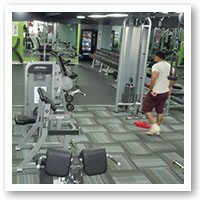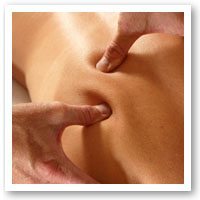Pre and post massage for athletes.
 If you’re training for a event coming up and are looking to be in tip-top shape, the needs of those pre sport verses the needs of those post sport are very different. Pre sport massage focuses on relieving muscles via light compression and lymphatic release, where as post sport focuses on repair, via slow deep friction techniques, stretching (passive and active) and mobilisation. Pre sport massage should not be invasive as massage can temporarily weaken muscles in order to aid in successful repair.
If you’re training for a event coming up and are looking to be in tip-top shape, the needs of those pre sport verses the needs of those post sport are very different. Pre sport massage focuses on relieving muscles via light compression and lymphatic release, where as post sport focuses on repair, via slow deep friction techniques, stretching (passive and active) and mobilisation. Pre sport massage should not be invasive as massage can temporarily weaken muscles in order to aid in successful repair.
Pre sport massage
Pre sport massage is given under the assumption that the athlete is pre conditioned to the activity that they are about to undertake and is therefore a means of enhancing the natural health of muscles by stimulating blood flow to provide nutrients to muscles in a relaxed state, and the lymphatic system, to remove waste from muscles that may be lingering. The massage focus is optimisation, to reduce risk of damage (not to undo damage).
Post sport massage
Post sport massage is focussed on undoing damage caused during activity; with an emphasis on (post sport) it is never advised to get this type of massage before a sport event. The massage focuses on breaking up scar tissue, tight connective tissues, and posture. Generally it is slower than remedial massage to focus on fibre release and increasing range of movement. I like to apply trigger point therapy within my post sport treatments as it allows for a far more successful release and breakdown of scar tissue, therefore, more successful mobilisation post treatment.

 Health Benefits of Exercise.
Health Benefits of Exercise. Types of exercise.
Types of exercise.